Iloculin Llanganates Biocultural Reserve
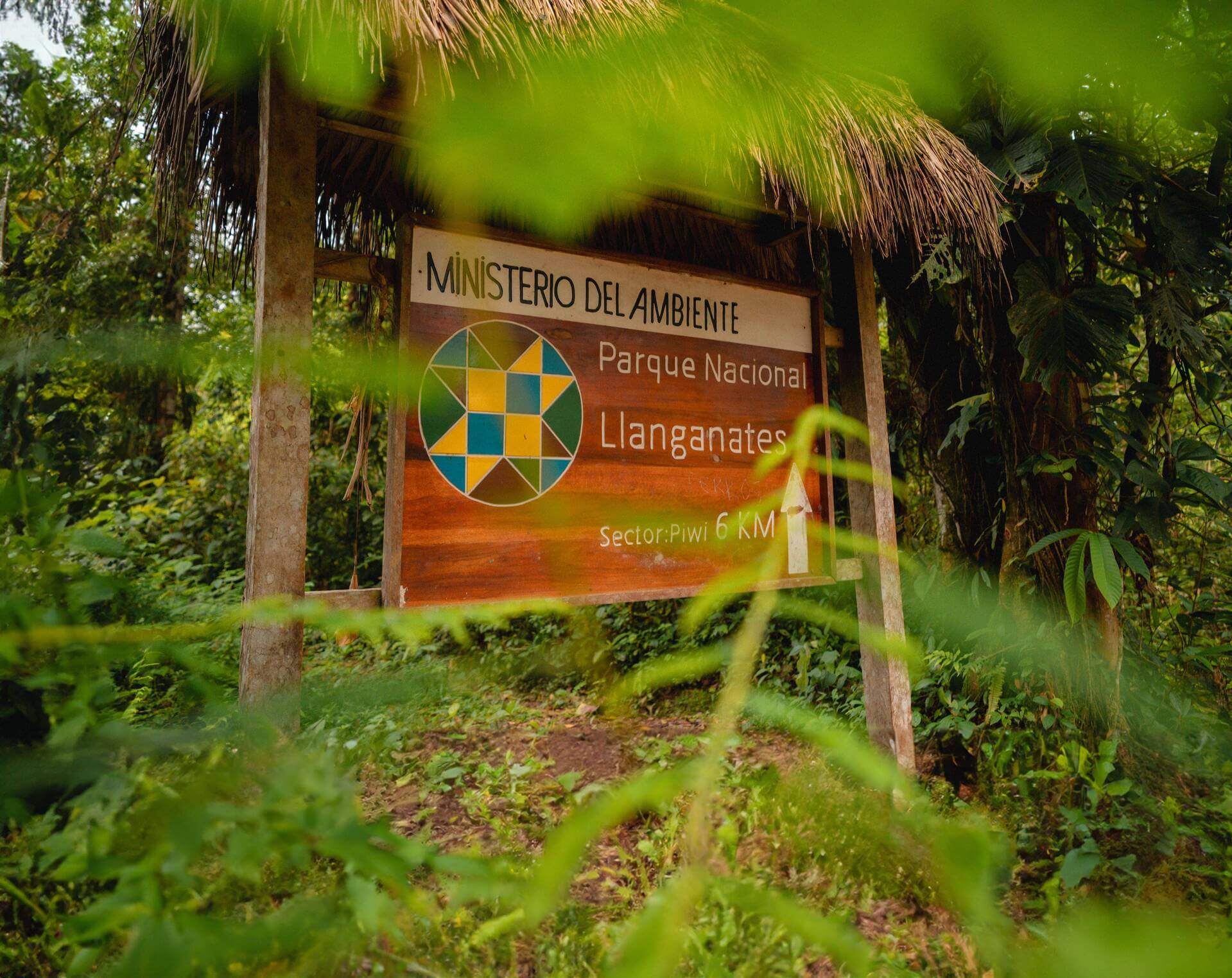
A sustainable future for the Amazon Rainforest
The Iloculin Llaganates Biocultural Reserve and Scientific Station aims to promote an alternative development model in the Ecuadorian Amazon Rainforest. It will focus on the protection of its rich biodiversity and the sustainable use of natural resources. We seek to decrease the negative impacts of external activities, such as mining and deforestation, by implementing conservation practices that will preserve local ecosystems. In addition, the Reserve serves as a scientific research center, providing knowledge about plant and animal species, as well as the ecological and biological processes that occur in the region, that will serve as the main base for the development of more effective conservation policies. At the same time, we work to strengthen leadership and community organization, supporting local management of the territory through collaborative research, technical training, and participatory decision-making, in order to ensure a sustainable future for the region and its communities.
Our goals
Promote the protection and comprehensive management of biodiversity:
To foster active conservation of biodiversity through sustainable management strategies environmental restoration and protection of vulnerable ecosystems. Implementing monitoring and management practices to ensure the preservation of native species and the health of natural habitats, collaborating with local and international stakeholders.
Encourage sustainable development by gathering scientific research and traditional knowledge:
Integrating traditional knowledge from amazon communities and advanced scientific research to improve sustainable development models that will respect the ecological balance and promote social and economic well-being for the region. This approach enables developing innovative solutions that value both science and traditional practices in natural resource management.
Building the management and organizational capacities of peoples and communities
Support the local communities’ empowerment via training and capacity building programs that improve their skills in environmental management, community organization and decision making. These actions seek to strengthen their autonomy and leadership in the protection of their territories, ensuring their active participation in the management of natural resources and in the design of inclusive environmental policies.
Why promote the strengthening of the Iloculin-Llanganates Biocultural Reserve and Scientific Station?
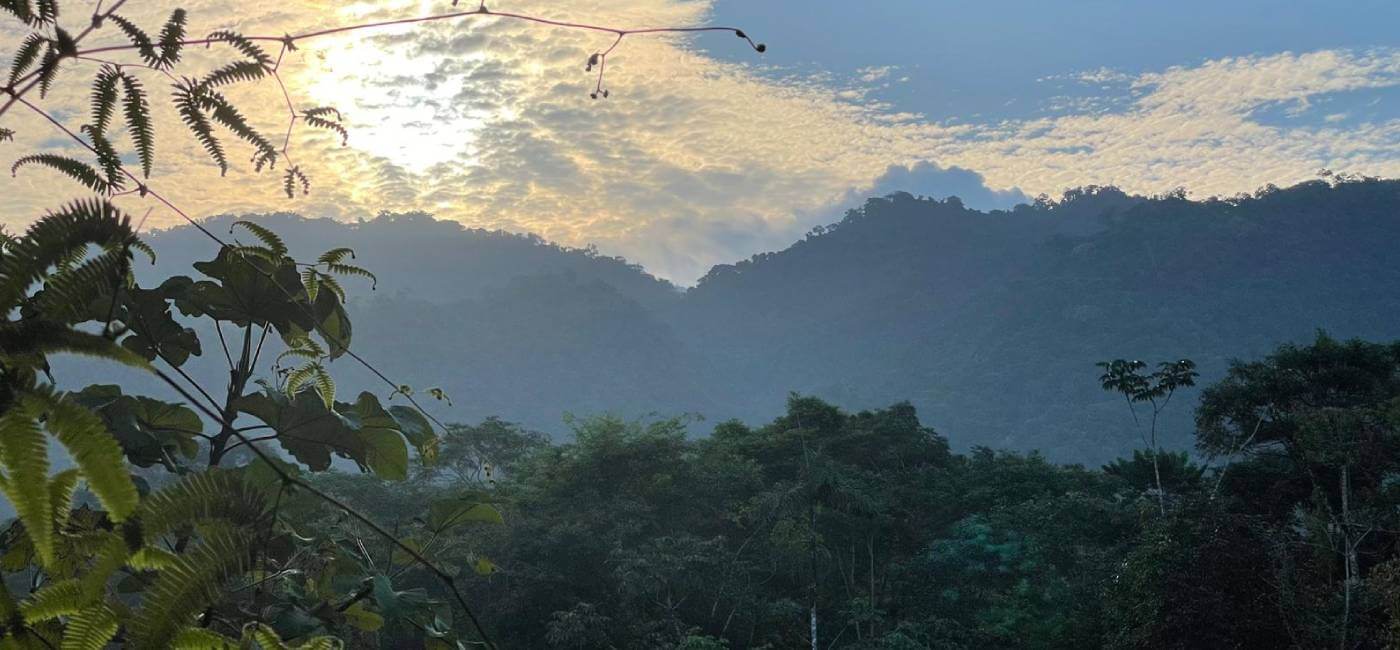
Exceptional landscape and ecological composition:
The area where the reserve is located is an important biodiversity hotspot with significant water resources.
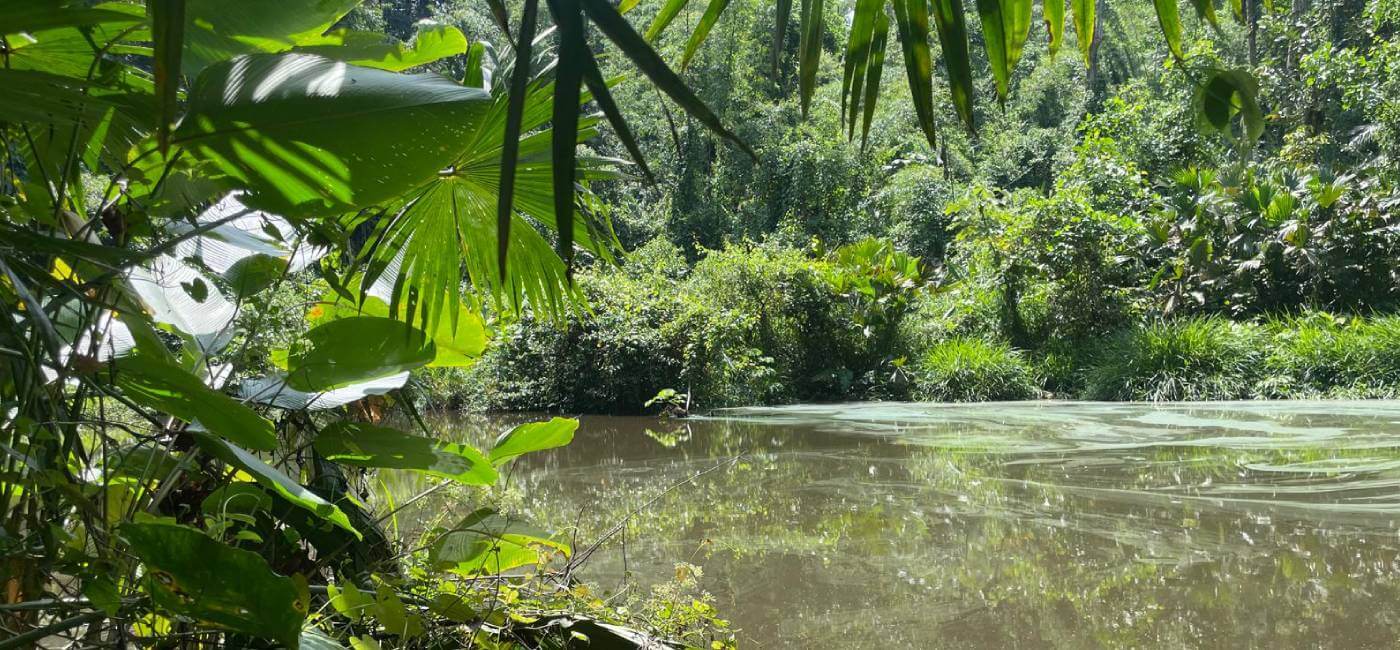
Opportunities to establish a wider corridor for ecological connectivity:
Currently, the area is under environmental protection in the neighboring areas: Llanganates National Park, Sumaco Biosphere Reserve, Chalupas Colony Reserve, State Forest Heritage Corridor – Napo Area 2; and in the heart of other protected areas: Jatunyacu-Piatúa-Anzu Amazonian Kichwa Territory (Key Biodiversity Area-KBA), Llanganates Sangay Ecological Corridor (CELS-WWF).
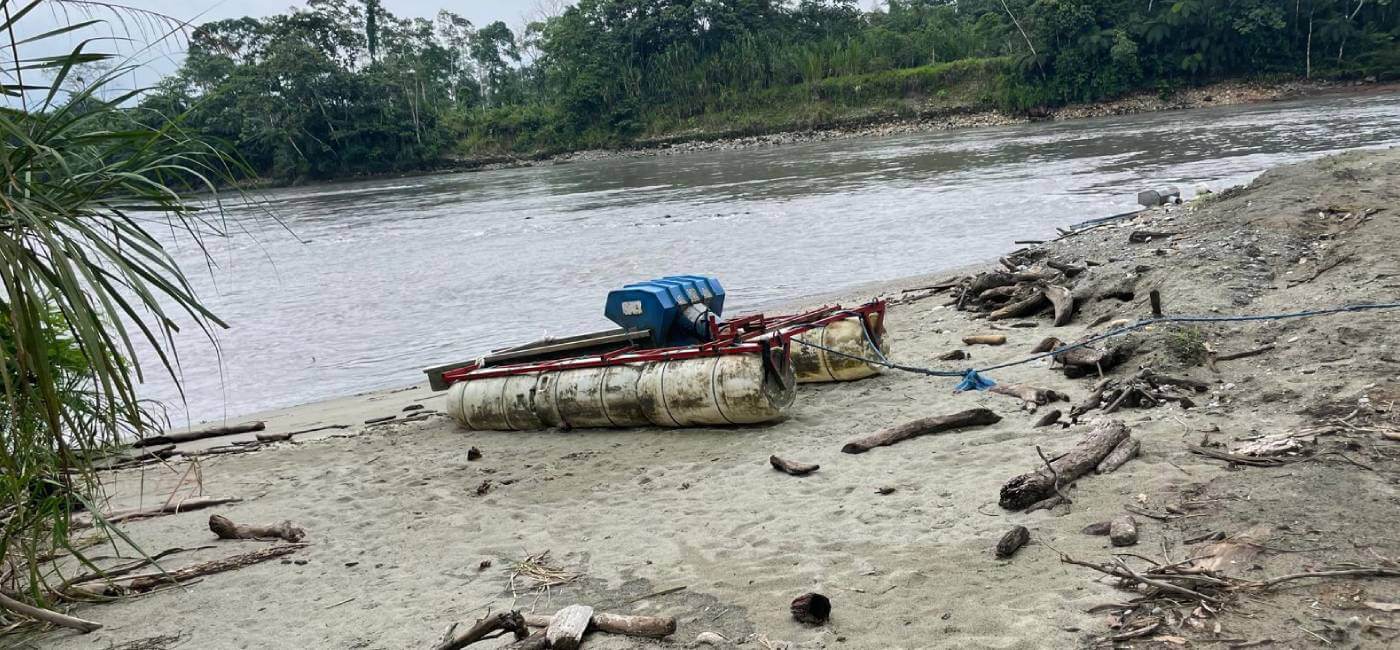
Impacts of extractive activities on the territory:
The area is threatened by illegal activities including mining, causing an increase in violence, as well as water contamination with heavy metals, threatening the ecosystem, peoples and communities.
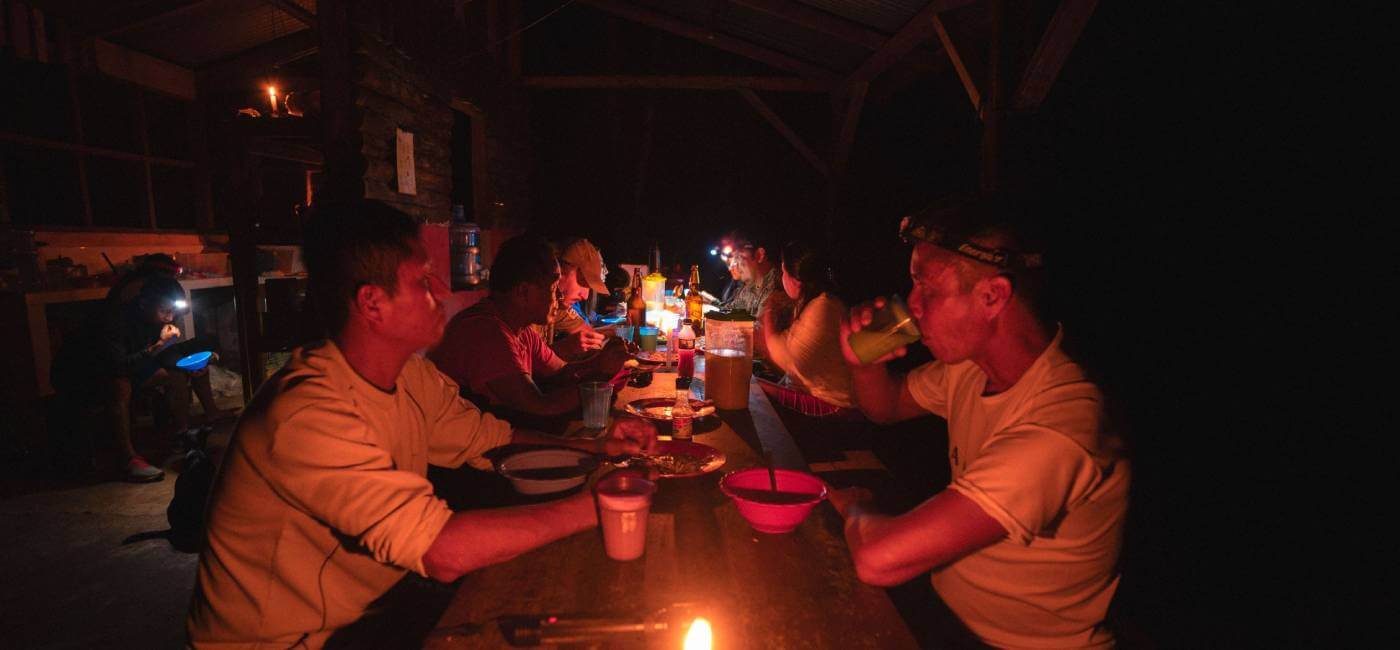
Existing social organization:
Peoples and communities in the area have significant organizational capacity and require the strengthening of their structures and leadership, expanding their organization, this is essential to face the threats emerging from extractive activities.

Urban actions
Biodiversity diagnosis in the area.
Declaration of the area as a SNAP Protected Forest.
Institutional collaboration with the Universidad San Francisco de Quito (USFQ) for research purposes.
Social diagnosis of peoples and communities to learn about their needs and demands, and to define strategies and future actions.
Agreements with neighboring Kichwa communities to participate in the reserve’s actions.
Providing support for organizational strengthening processes and reestablishing traditional leadership.
Strategies to support and train local biologists and monitor mining activities.

How to build a sustainable future?
Our next steps:
Biodiversity conservation and protection
Installing a meteorological station in the reserve to monitor and take preventive actions regarding atmospheric variations such as temperature, rainfall, wind speed, among others.
Setting up a hydrological station to evaluate the parameters associated with water quality and flow levels.
These will help build environmental management models based on solid data and establish alliances to expand conservation efforts.
Local capacity building and productive development
Encouraging efficient and sovereign self-governments with local vigilance.
Collaborative territorial monitoring with other communities in the area.
Action protocols for coordinated response among reserve actors.
Development of cultural community radio, video, and photography programs.
Capacity building for communities inspired by successful governance models.
Encouraging festive, ritual, and recreational activities to strengthen community ties and social cohesion.
Containment of mining activity
Promoting alternative production models.
Mining monitoring strategies through alliances with collectives and organizations that defend the environment.
International dialogues and exchanges with peoples and communities that have been affected by mining.
Participation in international forums.
